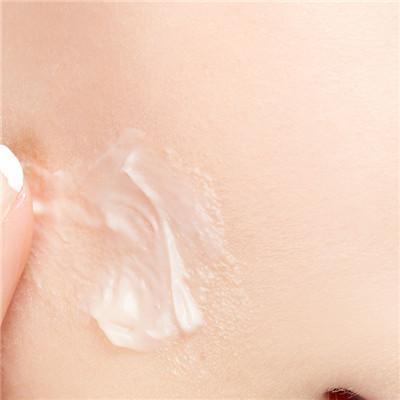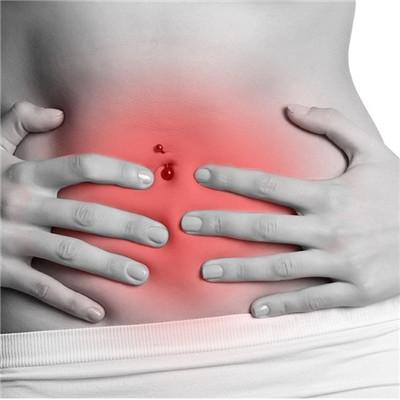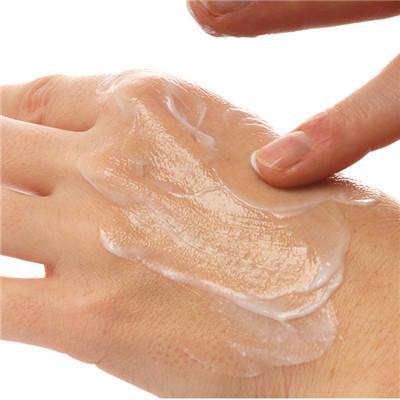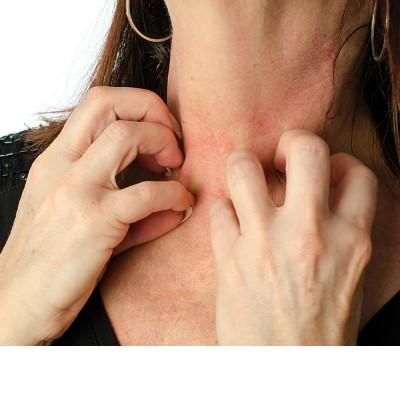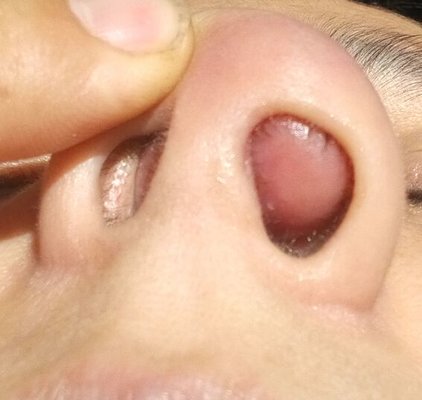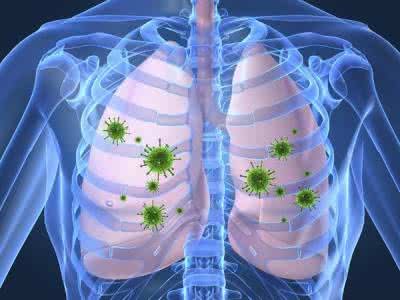How is small omental sac hernia treated best?
summary
The free small intestinal loop, sometimes the transverse colon with long mesentery, enters the lesser omental sac through the omental foramen, which is called lesser omental sac hernia, or omental foramen hernia. Because the anterior wall of the hernia sac is the hepatoduodenal ligament, strangulation occurs in most cases. Occasionally, the intestinal loop can enter the lesser omental sac from the gastrocolic ligament or the hiatus on the gastrocolic ligament. Acute intestinal obstruction is the main clinical manifestation, which is characterized by upper body forward tilt or knee flexion to relieve abdominal pain. How is small omental sac hernia treated best?
How is small omental sac hernia treated best?
The main clinical manifestation of this disease is acute intestinal obstruction. Patients may have upper abdominal pain, vomiting, stop defecation and exhaust( 1) Abdominal pain was acute colic, more severe and intolerable. Because the anterior wall of the hernia ring (hepatoduodenal ligament) is relatively loose when the patient's body is flexing, which can reduce abdominal pain, the patient often takes the sitting position, and the knees are flexing to the mandible. Relief of abdominal pain during body flexion is a characteristic manifestation of Winslow's hernia. Some patients may feel back pain( 2) The degree of vomiting and abdominal distension is related to the organs herniated into. If it is intestinal tract, vomiting is more severe; If it is greater omentum, vomiting may be mild. If the herniated organ is the upper jejunum, vomiting occurs early and frequently, and abdominal distension is not obvious; If the herniated organ is ileum or colon, vomiting occurs later and the degree of abdominal distension is obvious.

The patient's upper abdomen is full, and the soft cystic mass is often touched on the left side of the upper abdomen. The mass is fixed with tenderness. The early percussion was tympanic, and the exudation was mostly voiced. It can be heard that the bowel sounds are hyperactive or the sound of Qi passing through the water. If the bowel sounds disappear, or the symptoms of peritoneal irritation appear, or the bloody turbid liquid is extracted by abdominal puncture, it indicates that the hernia enters the intestinal canal and strangulation or necrosis occurs. Severe cases may show shock. A few patients may have obstructive jaundice due to the compression of the common bile duct on the anterior wall of the hernia ring.
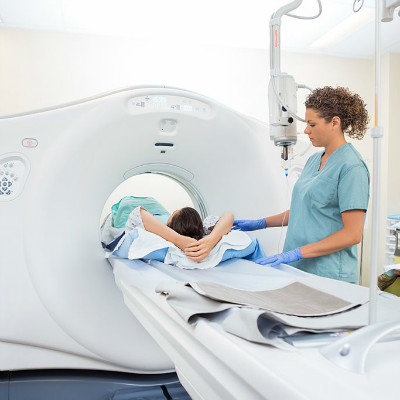
This disease is easy to cause strangulation and necrosis of the hernia tube, so once it is suspected that it is caused by acute mechanical intestinal obstruction, surgical treatment should be carried out in time. During the operation, if the incarceration of the ileal loop is not serious, the ileal loop can be gently pulled to reset. If the ileus is dilated and the reduction is difficult, the small omental sac can be cut first, and then the ileum can be reduced after the intestinal cavity decompression with incarcerated intestinal loops. Or the peritoneum at the descending part of duodenum was opened and released, and the duodenum was fully dissociated to enlarge the hernia ring (lesser omental foramen), and then the intestinal loop was reset. After reduction, it is decided to retain or resect according to the vitality of the bowel. Then the hiatus was sutured and / or covered with greater omentum to close the hiatus to prevent recurrence.

matters needing attention
Pay attention to light diet. In the first few days after the operation, the diet should be adjusted according to personal conditions, mainly liquid and semi liquid food. Eating more high protein food is conducive to the recovery of the wound. Supplement a variety of vitamins, eat more fresh vegetables and fruits. Can eat all kinds of lean meat, milk, eggs and other protein rich food. Avoid too greasy, should not choose food: sufu, onion, pepper, leek and other food is not conducive to wound healing, because they are prone to infection.


